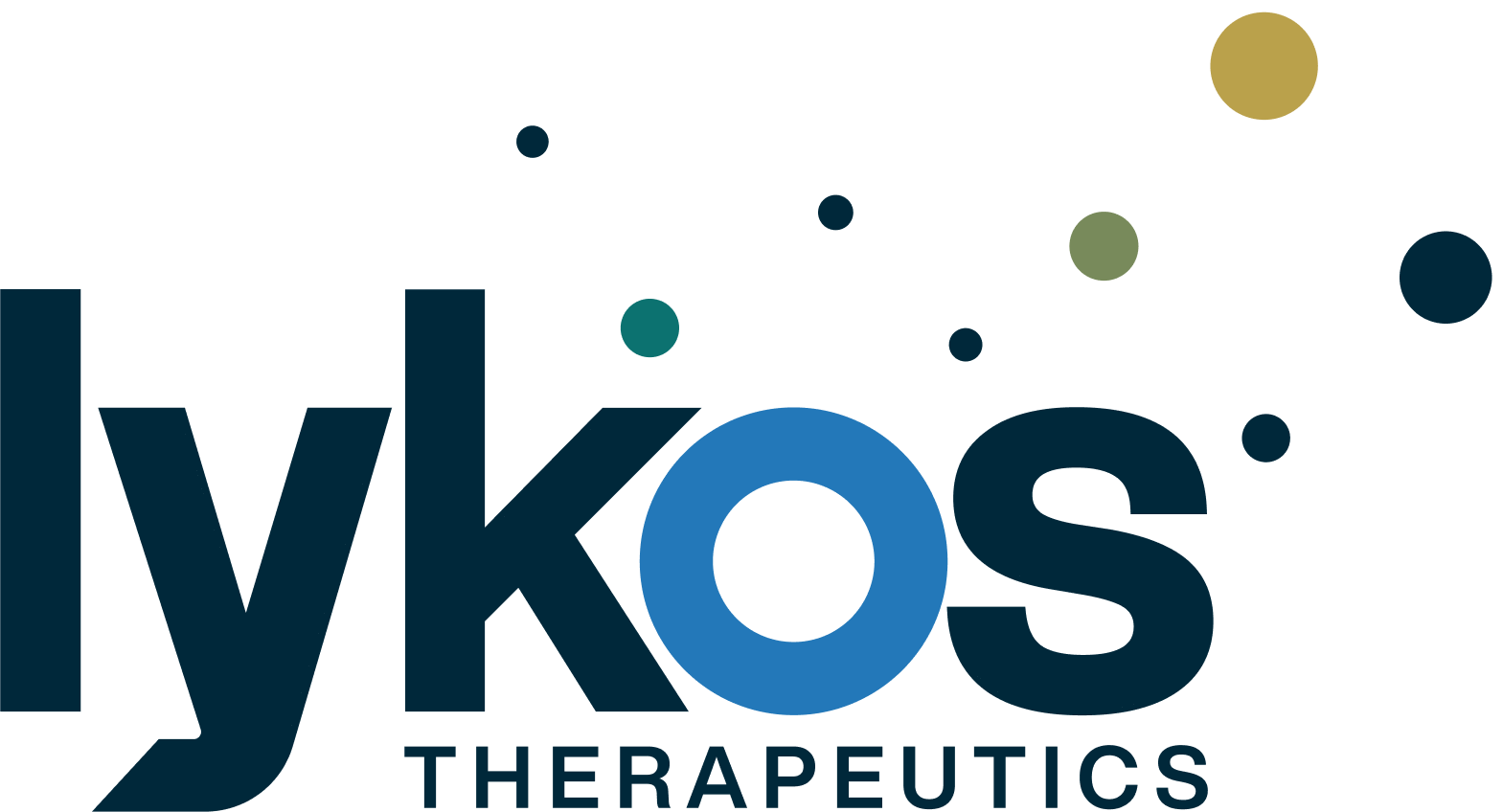Carrie Goldstein, SVP and Head, Product and Corporate Communications
Emerging biotech companies face a unique challenge. How do you demonstrate leadership and commitment before you have an approved therapy on the market? In a four-year period leading up through 2021, 42% of the innovative medicines approved in the U.S. have been first launches for their respective companies.[1] That is a dramatic increase from previous timeframes. This means to emerge as a leader in an industry crowded with newcomers, the journey to define your company and position begins long before your product ever sees the light of day.
At this early stage, biotechs are often focused on pipeline science and fundraising, which are, of course, critical success factors; but there is an equally important need to define who you are to your stakeholders. There are several ways burgeoning companies can set themselves up for success by focusing on the value of a thoughtful and strategic narrative approach to serve as the underlying current for future product launch communications.
Define Your Corporate Narrative
Be prepared to answer questions like: What differentiates your company in the marketplace, to healthcare providers and to patients? What impact do you want to have on the world? How is your business story reflected in what you are trying to achieve with your investigational product?
Define the vision for your company’s destination. This North Star may include how it will change the way a disease is diagnosed or treated, how it will shape the patient journey, and what outcomes it strives to give patients. But it should not be tied to one product and must consider the future of the company holistically.
The value proposition you define may need to have nuance depending on the key audience you are communicating with; and it should be reflected in all materials you proactively distribute, including executive visibility in the media, industry events and social media and your corporate assets including the website, social profiles and industry presentations.
Tell A Brand Agnostic Story
Differentiating your broader corporate story from a product narrative is essential to building a strong foundation with all your stakeholders, not just your investors and future prescribers. As your asset reaches clinical and regulatory milestones, the corporate narrative will guide how you tell the bigger story of your company; aligning with product messaging and delineating the future of your pipeline.
Your corporate vision and your esteemed leadership team will provide the foundation and the fodder for the brand agnostic corporate story. To support this, executives can share their passion and depth of experience, leadership transitions and corporate growth milestones. While a strong product narrative can differentiate your therapy and build customer interest; a well-crafted corporate story will serve to attract and retain investors, customers, and employees long-term in the highly competitive biotech industry.
And especially at the intersection of your company and your product, always communicate with transparency and authenticity. Be upfront about your challenges and setbacks as well as your successes; which will help build trust and instill confidence in your company and your brand.
Build Your Community
A McKinsey analysis found that successful biotech companies define and initiate patient advocacy strategies four to six months sooner that their less successful counterparts. Companies that are viewed as leaders, deeply committed to their mission, are often those that have developed enduring connections with patient and professional communities, regardless of the status of their leading therapeutic asset. To do that, it’s imperative to understand the needs of your stakeholder communities and identify what support they need to address the obstacles they encounter and the needs of their patients.
Advocacy is a part of our DNA at Green Room. Not only is our Managing Director, Deb Fowler, the founder of Soft Bones, a U.S.-based advocacy group focused on the rare disorder, hypophosphatasia, but we have the first-hand experience of how and when to engage patients to infuse critical insights throughout the development process. It is an area where we constantly counsel clients and shape mutually beneficial partnerships with advocacy groups and patients/caregivers.
We see time and time again the positive impact organizations who choose to engage early and often, have on their bottom line results come launch season. Our proprietary approach to mapping and engagement infuses advocacy engagement at every step of the life cycle, ensuring strong buy-in from these essential stakeholders. These relationships should start as a two-way dialogue, and demonstrate the commitment your company has to the patient population, beyond providing a potential treatment option. This bridge-building exercise can result in a broader understanding of the niche issues they face and the broader challenge your company is working to solve.
Align Your Corporate and Brand Narratives
Emerging biotechs often have a singular focus – to get their clinical asset over the finish line. What we are proposing here is that a 360 degree view of the long-game is necessary for success in building your reputation and garnering the attention of your audiences.
[1] https://www.mckinsey.com/industries/life-sciences/our-insights/making-the-leap-from-r-and-d-to-fully-integrated-biotech-for-first-launch
















